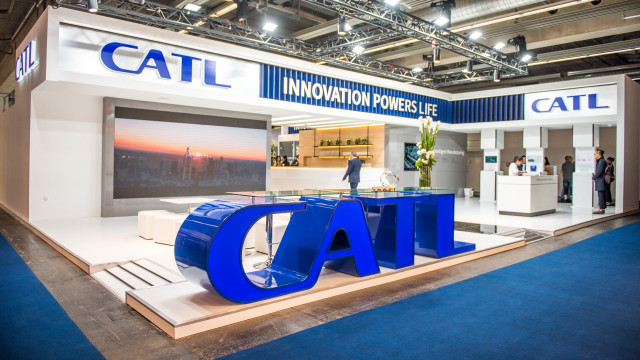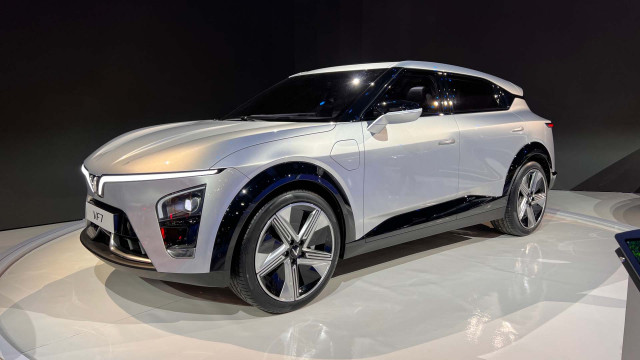A Chinese startup plans to ditch battery packs entirely and integrate cells directly with an EV’s chassis.
With this goal in mind, Neta Auto on Wednesday announced a cooperative agreement with battery supplier CATL to use the latter’s cell-to-chassis tech, branded as Integrated Intelligent Chassis (CIIC).
In a press release, Neta said it would be the first Chinese EV firm to develop this tech, but didn’t say when it might appear in a production vehicle. It might also be the first to do so for a passenger car anywhere in the world.
Cell-to-chassis means all battery components are housed in the vehicle’s structure, with no need for a separate battery pack. Neta Auto claims this will help improve everything from range to safety.
 CATL at Frankfurt auto show
CATL at Frankfurt auto show
CATL’s CIIC is essentially a one-stop approach, with the battery supplier looking to combine its cell-to-pack tech with motors and other drive components in the chassis, allowing multiple EVs from a modular architecture.
This is one step past the cell-to-pack battery tech that CATL, which has been partnering with Neta Auto since 2021, is starting to offer to automakers. Cell-to-pack tech is making its debut in the Chinese-market Zeekr 009 electric van, and potentially in models from Hyundai, Kia, and Genesis.
 Vinfast VF7
Vinfast VF7
A collaboration announced between CATL and Vinfast in October, also mentioning CATL’s CIIC skateboard, might also potentially result in more affordable EVs for emerging markets.
Tesla originally suggested that its 4680 cells would go into a structural battery, but based on reports, that structural pack is still removable—so current Tesla EVs aren’t there yet.
One of the disadvantages of such a strategy might be the recyclability of batteries—as individual cells might be more difficult to remove and recycle than a pack itself. With CATL claiming that it can make 16-year, million-mile cells, the next need may then be making the cars themselves more durable.
Related Articles
- Virtual power plants of GM, Ford EVs could cut “peaker” pollution
- 2023 Mazda MX-30 EV carries over, as range-extended rotary idles
- DOE: In 2022 money, EV battery costs have kept falling
- Hyundai Ioniq 5 with e-corner tech turns on a dime
- Stellantis CEO: Ram range-extended electric pickup to outrun regulations
